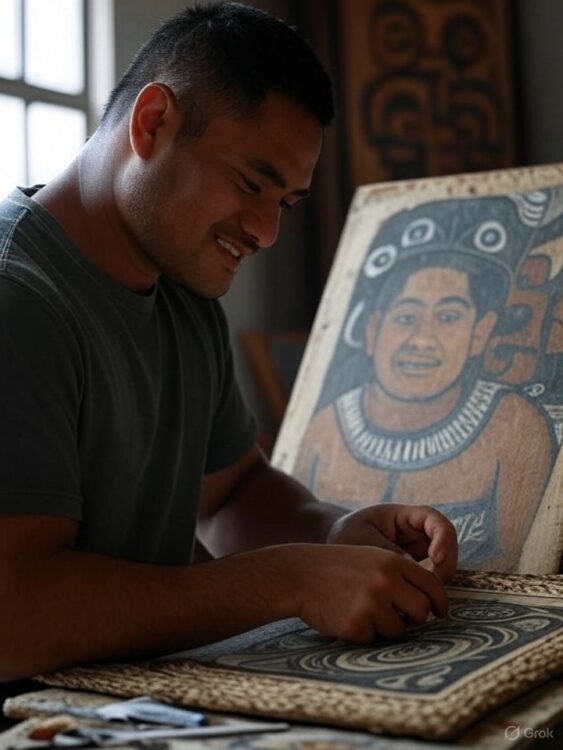
Japan Unveils AI Strategy to Combat Military Manpower Crisis!
July 9, 2024
Unleash the Power of AI: Dell’s Sustainable Approach to Innovation!
July 10, 2024
Help is on the way? Not according to Human Rights Watch, which decries the use of AI in law enforcement.
Flawed AI Tools and Discriminatory Stereotypes
The US State Department’s latest Trafficking in Persons (TIPs) Report highlights a worrying trend: traffickers increasingly exploit digital platforms like social media and gaming apps to target victims. In response, the report urges technology companies to use AI to detect and report human trafficking. However, this approach is fraught with risks (Human Rights Watch). AI language models often perpetuate harmful stereotypes, leading to the profiling of marginalised groups such as women of colour, migrants, and queer individuals. These models fail to differentiate between consensual sex work and trafficking, resulting in unjust surveillance and persecution.
Ineffectiveness and Over-reporting Issues
The TIPs report claims AI can identify trafficking communication patterns, but existing anti-trafficking efforts show that such tools often conflate innocent behaviours with trafficking indicators. For example, a Department of Homeland Security campaign lists everyday actions—like requesting extra towels or renting rooms by the hour—as signs of trafficking. This broad and flawed approach not only targets vulnerable sex workers but also overwhelms law enforcement with false reports. Studies have shown that overreporting and misaligned digital tools fail to effectively combat trafficking and can exacerbate harm to the very people they aim to protect.
Survivor Warnings and Data Inaccuracy
Trafficking survivors caution that relying on AI for detecting and reporting trafficking is dangerous due to the inaccuracy of trafficking data. Inaccurate data leads to flawed algorithms, which in turn perpetuate violence and discrimination against marginalised communities. Effective anti-trafficking measures require precise data and nuanced understanding, not broad and discriminatory AI tools. By over-relying on technology, the risk of harming the people most in need of protection increases significantly.
(Visit Human Rights Watch for the full story)
*An AI tool was used to add an extra layer to the editing process for this story.



